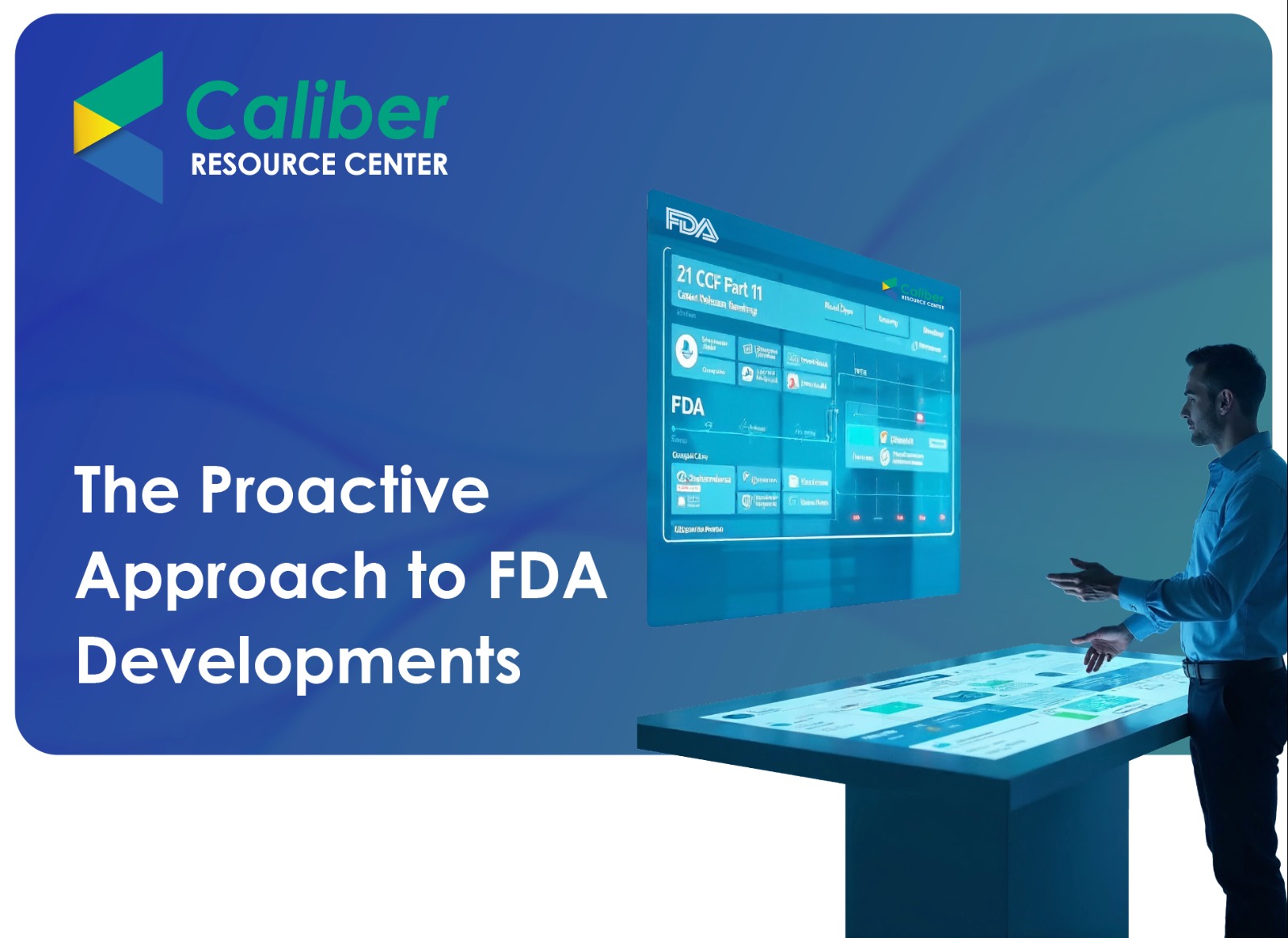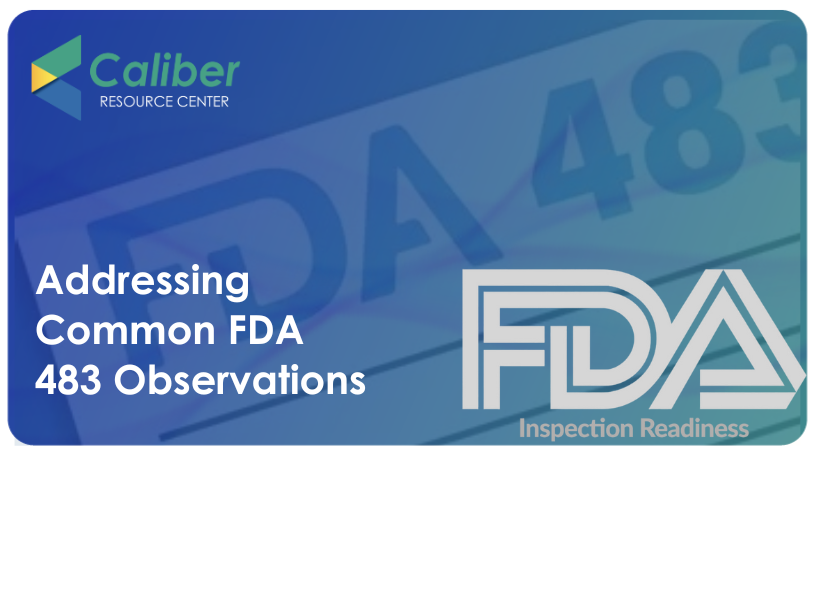What’s Inside
ToggleWhat is LIMS integration?
With an integrated LIMS system, labs can save and manage large amounts of data that is collected from multiple facilities using a cloud-based platform. This data can be accessed in real-time across the organization and also integrated with other departments.
Benefits of LIMS Integration
An integrated LIMS platform can increase efficiency, streamline production processes, and amplify operations. Data can be collected directly from the instruments, Manufacturing Execution Systems (MES), Enterprise Resource Planning Systems (ERP), Chromatography Data Systems (CDS), etc. This results in excellent collaboration across teams.
- It enables more effective staff assignment and management. It can be achieved by cutting down on the time needed to enter, group, or compute data.
- Minimizes the likelihood and magnitude of mistakes.
- Increases turnaround time.
- Enables the identification and removal of bottlenecks by giving a clear image of the lab’s work-in-progress status.
- Provides a foundation for establishing a notification system. It makes automatic alerts for anomalous occurrences possible.
- Helps labs in meeting data management specifications.
Enables statistical analysis to be performed on enormous volumes of data. - Allows many departments to access data in real time.
Simplifies the creation and delivery of COAs as well as the storage of high-quality samples.

Types of LIMS integration
ERP System
An ERP system helps connect quality testing and production data, allowing automatic transfer of batch details, test specifications, and results between the lab and enterprise systems. Details are:
- Transferring data from one department to another during a project can be time-consuming. An integrated LIMS system fetches step-by-step details of specifications of quality tests to be performed on a batch or lot from the ERP systems and allocates them to QA in the system.
- A valid range of test results can be determined, and the product’s position can be found.
- This data also helps the QC to assign standard or specific tests in LIMS.
MES/ BMR System
The BMR system allows lab test outcomes to be linked directly to manufacturing processes, ensuring that production moves forward only when quality requirements are met.
- When interfaced with an MES or BMR system, a LIMS system such as CaliberLIMS helps ensure that the test results of specific production lots are correctly linked.
- It also helps the MES and BMR users effortlessly navigate to the next step of production when the quality requirements are met.
QMS System
Aligns deviations, CAPAs, and change controls with lab data. QMS enables faster investigations and streamlined regulatory compliance.
- The presence of a Quality Management System (QMS) and its interfacing with the robust LIMS system ensure that the products are manufactured as per all quality standards and regulatory requirements.
- Any minor or major change or deviation in the process can be easily identified and rectified to ensure quality output.
- Using the interfacing capabilities, audit trails can be fetched during the inspection or audit.
- The ability to get audit trails also helps in taking actionable decisions for improving product quality and safety.
LIMS Instrument Integration
A LIMS solution helps capture data automatically from analytical instruments, reducing manual entry, transcription errors, and ensuring calibration traceability.
- Regular activities like tracking instrument calibration schedule, keeping consumable records, etc., is completely automated to speed up the analysis work.
- Integrating instruments with LIMS software eliminates manual recording of data and reduces transcriptional errors.
- Complete access to control calibration schedules ensures that no delays occur. The data collated can be used for further analysis.
Statistical Tools
Statistical tools transform lab data into actionable insights by identifying trends, predicting issues, and supporting data-driven decisions for process improvement.
- Integrating a LIMS software with statistical tools, trends of data can be processed to ensure protective measures are taken at the right time.
- The saved data and metadata help in putting together predictive analytics.
- It enables the organization to quickly identify the problem areas, find a resolution, and make the entire process efficient and cost-effective.
Best practices for LIMS integration
LIMS is a widely used lab solution tha helps organizations specializing in research and development, such as Pharmaceutical labs, biobanks, clinical research facilities, etc. However, it is common for labs to feel hesitant to go digital due to the challenges of LIMS integrations. Here are some best practices pharma companies can adopt for a successful LIMS integration at their facilities.
- Define your Objectives
- Create the requirements list
- Find a reliable expert
- Stick to your implementation plan
CaliberLIMS: The Core of Connected Digital Labs
Digital transformation in Pharma and digital lab, the essential pre-requisites in the current day, can be achieved through an integrated laboratory information management system. This is possible with a robust LIMS system such as CaliberLIMS, which ensures the highest product quality and safety.
As all the systems are aligned to interact with perfection, following regulatory guidelines, compliance becomes a simple task. With compliance, data integrity is easily achievable!
Achieve digital transformation and the new century lab with in-built instrument integration and other modules available in a LIMS system. Click here to know more.






